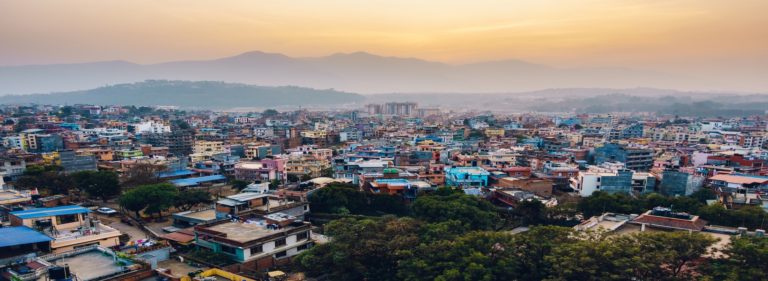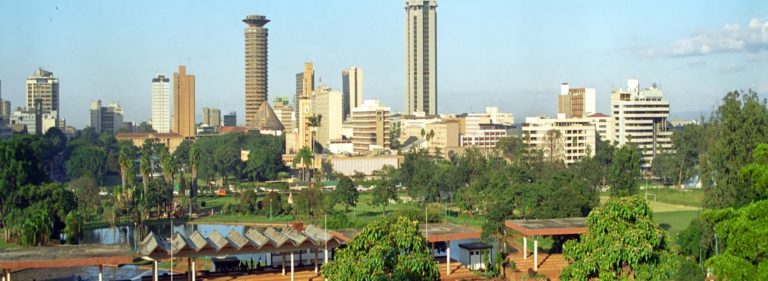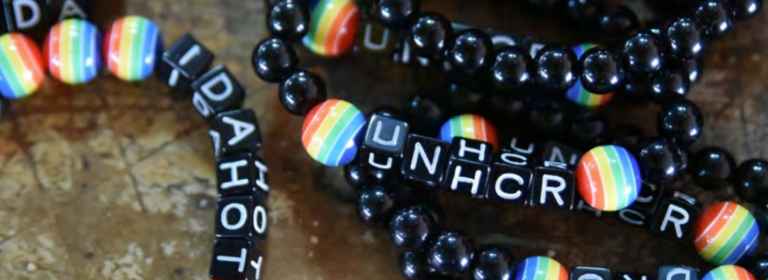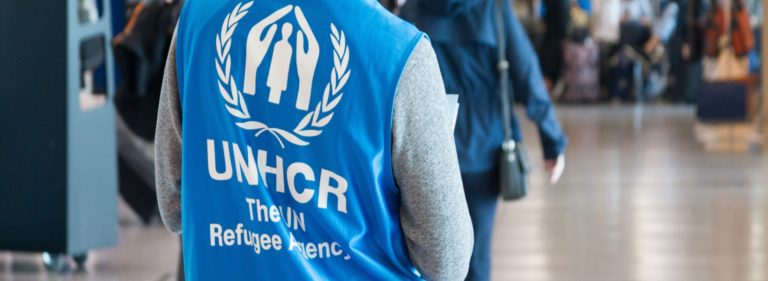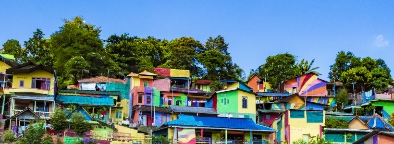The following think piece draws largely on my own direct experience of working as an openly queer person with several different faith-based organisations, Christian and Islamic, since the early 1980s; and on observations of faith-based organisations’ practice when I was with secular organisations working alongside them.
In the humanitarian and development sectors, faith-based organisations have a large and pervasive presence. Given that much of development and humanitarian response work has its roots in different religious missions, this is hardly a surprise. When talking about ‘faith-based’ approaches and organisations in relation to inclusion of people of diverse SOGIESC, there is often the assumption that these will be more conservative and more resistant to positive change than are secular bodies. Personnel of some individual faith-based organisations will sometimes assert as well that as a body, they cannot be expected to readily accept and adopt more inclusive approaches, as this would contravene deeply-held, divinely mandated beliefs.
The role of organised religion in the exclusion, stigmatisation and persecution of diverse SOGIESC people cannot be denied. Amongst the most egregious current examples are US-based Christian missions actively supporting draconian anti-LGBT sanctions in several East African countries, in tandem with local reactionary Christian-branded politicians. Blander examples include some household-name faith-based INGOs having blanket bans on the employment of lesbian, gay or bisexual staff, at least where home office national legislation permits. In my decades of experience, I’ve seen and been aware of multiple examples of local church-based charities refusing assistance to diverse SOGIESC survivors of disasters, explicitly on the grounds of their sexual orientation or gender identity. If we were to try to catalogue all the acts of exclusion and discrimination justified on the grounds of ‘faith’, the task would be never-ending. At first glance, it seems that FBOs have a consistently poor (and sometimes downright harmful) track record on diverse SOGIESC rights and inclusion.
A closer look reveals a far more complex picture. In the late 1970s, the American Friends (Quakers) Service Committee was the first employer globally (excepting LGBT-specific organisations) to formally adopt both non-discrimination and affirmative action policies in relation to openly lesbian and gay personnel. Rationale for this was firmly based in Quaker beliefs: the idea that the ‘Inner Light’, or ‘that of God in every person’ is universal and without exception, which had led to the formal acceptance of same-sex relationships from the 1960s. Attempts to make development practice explicitly inclusive of lesbian, gay and bisexual people (as the definitions then were) commenced at least from the early 1990s.
While Quakers, Unitarian Universalists and other small Christian denominations have been (positive) outliers in this area, gradual shifts in policy and practice have occurred in the last quarter-century. This has been most marked in mainstream Protestant denominations and in development and humanitarian bodies linked to them; but also in the practice of several Catholic organisations, which have to walk a finer line between the belief in universal compassion and all-embracing social solidarity, and the Church’s continuing prohibition of same-sex relationships.
In trying to understand the shifting dynamics within organisations and in their practice, it is essential to unpack what ‘faith-based’ actually means. ‘Faith’ to most denotes personal conviction and belief, strongly held. Increasingly, in post-industrial societies, those who continue to adhere to religious communities of different kinds are individuals who choose to do so through explicit personal belief. Through most of history, this has not been the case. The particular religion to which a person belonged was, with notable exceptions, determined by the family into which a person was born, and differentiations were as much a matter of geographic, political, class or cultural boundaries as the fine theological differences that officially marked them. It is probably not an exaggeration to say that most members of any given religious community would have had a broad understanding and subscription to the official belief framework, but have effectively delegated the fine details of doctrine to the clergy and/or the minority of personally devout laity.
One stark example I recall was from my work in Lebanon, during the 1975 – 1990 civil war, often described as a Christian vs Muslim conflict. The Ottoman ‘millet’ system persisted (with endorsement of the French former colonisers) with matters of personal status governed by official religious bodies, and each person’s religious community adherence marked on their I.D card. The following exchange took place between an expatriate colleague and a Lebanese student:
“Are you a Christian? You have to be Christian around here [the Falangist-controlled zone]”
“I don’t know. What’s a Christian?”
“Well, Christians believe in God”
“So do Muslims; and Jews; and Hindus”
“Really? Actually, I don’t believe in God. But I’m a Christian”
“How do you know that”
“It’s on my I.D card”
When religious bodies, and the development and humanitarian organisations that are attached to them, adopt actively transphobic and homophobic policies and practice, they are as likely to be doing so as vehicles of a larger political or cultural agenda as out of intense belief in a particular item of scripture – the justifications for homophobia in Jewish and Christian scriptures have long been dissected and disproved by multiple theologians.
In ‘developing’ and disaster-affected countries, it needs to be remembered that a large proportion of diverse SOGIESC people are also people of faith, and whether passively or actively, express their own values, conscious actions and aspirations in terms of those communities’ beliefs. Suffering and survival experiences are often framed in religious terms. A common pattern found among diverse SOGIESC survivors of different disasters has been that, despite the discrimination and exclusion they have suffered within their own communities, they continue to demonstrate a strong and altruistic commitment to the welfare of that same community; and this can apply to their religious community.
The actual functioning of faith-based humanitarian and development agencies at the ‘coal face’ can also show a degree of differentiation from official doctrine. In both Christianity and Islam, the doctrinal imperatives to help the needy and relieve suffering are explicitly universal – in Christian scripture this is most clearly enunciated in Matthew Chapter 25, sometimes known as ‘The Parable of the Great Surprises’. Faith-based (or sometimes more accurately ‘faith-branded’) charities do often draw in members of the community with a primary motivation of compassion rather than promotion of doctrine; and in the past particularly, ‘missionary’ service was often a respectable way out for those uncomfortable with their home community’s expectations of conformity. Many will also speak, publicly or privately, about how encountering realities in the field had challenged and often changed some religious convictions they had set out with.
When working for an Islamic charity on post-disaster recovery in Indonesia, I encountered disquiet from several colleagues when they learned that the institutional donor requirements included basic training for them on HIV/AIDS response and its integration. More than one said that this would be encouraging collusion with immorality. All nonetheless attended on the given date. The trainer opened by asking what the central principles of Islam were. “Compassion and Justice” were the answers rapidly agreed by the whole group. She moved with both conviction and skill from there to talk about vulnerable groups, and where that vulnerability stemmed from – though notably not including diverse SOGIESC people. By the end of the hour and a half session, she had the whole group – all men, including two with near-fundamentalist beliefs – utterly won over and enthused particularly about the inclusion of vulnerable women; and understanding that their vulnerability stemmed from external and systemic factors.
There are many steps from a point such as that to systemic recognition of the rights and dignity of people with diverse SOGIESC. Looking at the wide spectrum of faith-based organisations, however, it seems clear that there are multiple points for potential engagement and leverage, and large numbers of both actual and potential allies.
For those interested in further reading on evolving social manifestations of religious faith, Olivier Roy’s Globalised Islam – the Search for a new Ummah (http://cup.columbia.edu/book/globalized-islam/9780231134996) is highly recommended.
For a fuller treatment of the specific Quaker approach to humanitarian work, with brief mention of the role of lesbian and gay personnel, To Do Justly and to Love Mercy: Learning from Quaker Service by Mark Deasey (Backhouse Lecture 2002) is probably the most accessible short reference https://www.quakersaustralia.info/sites/aym-members/files/pages/files/2002%20Lecture.pdf
